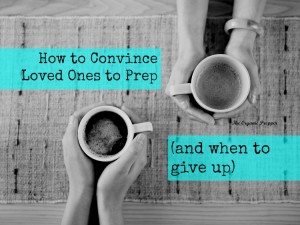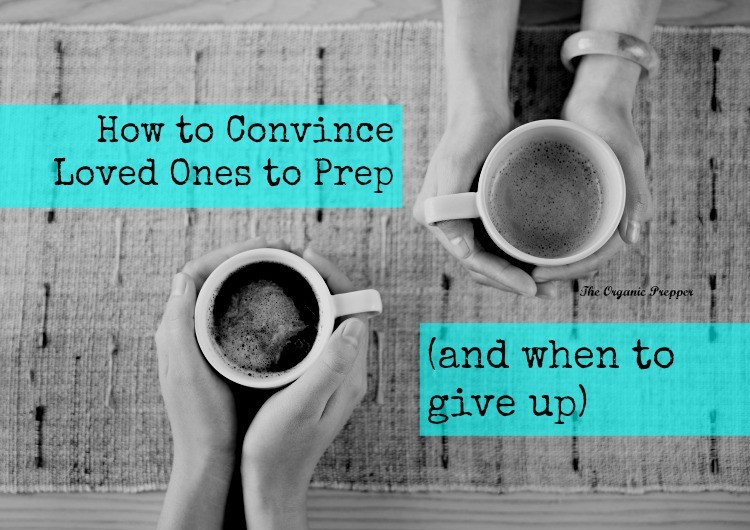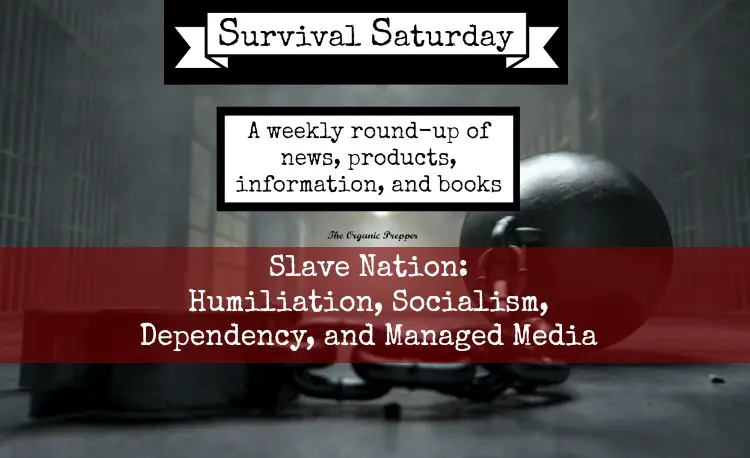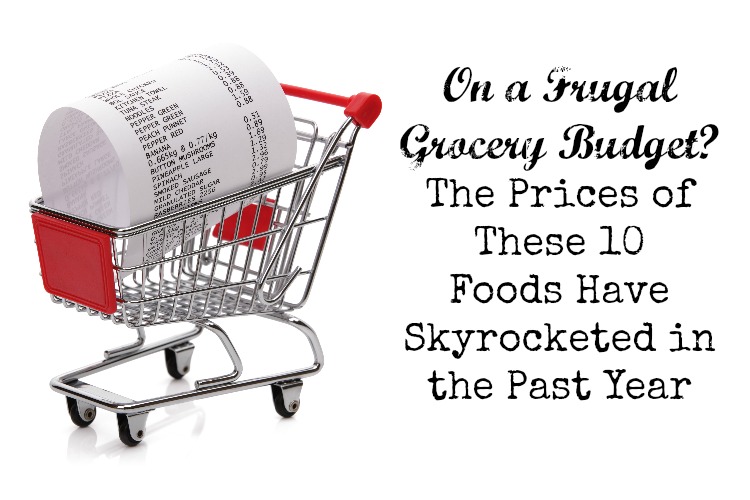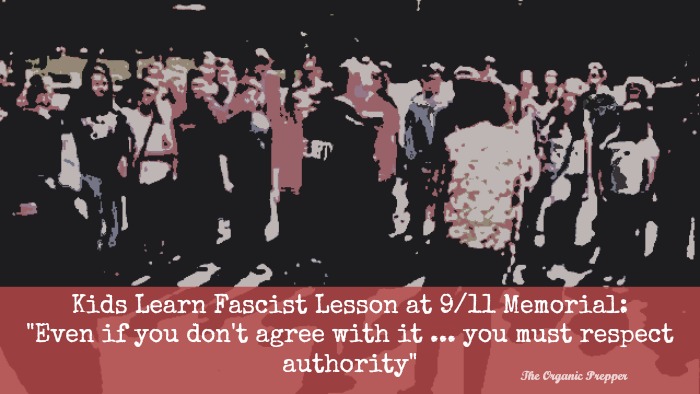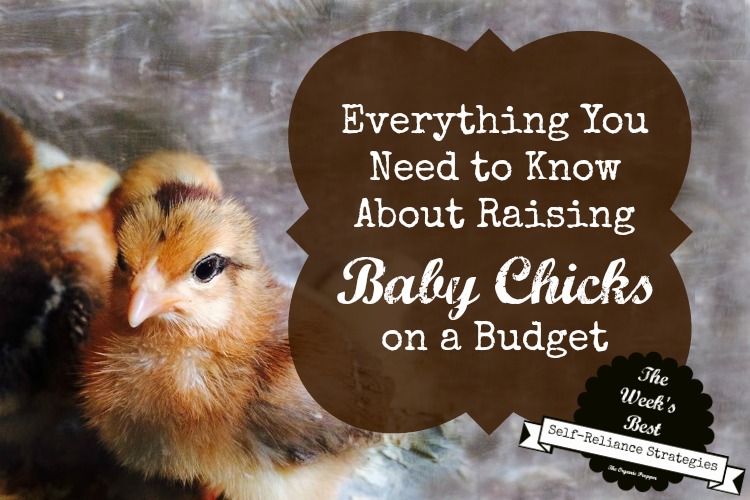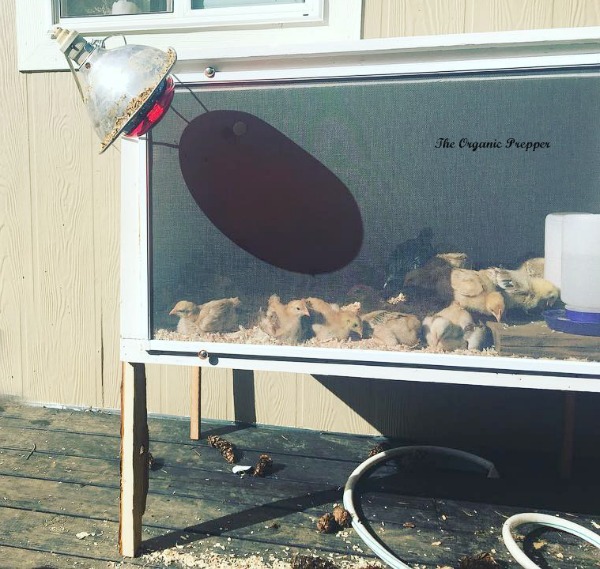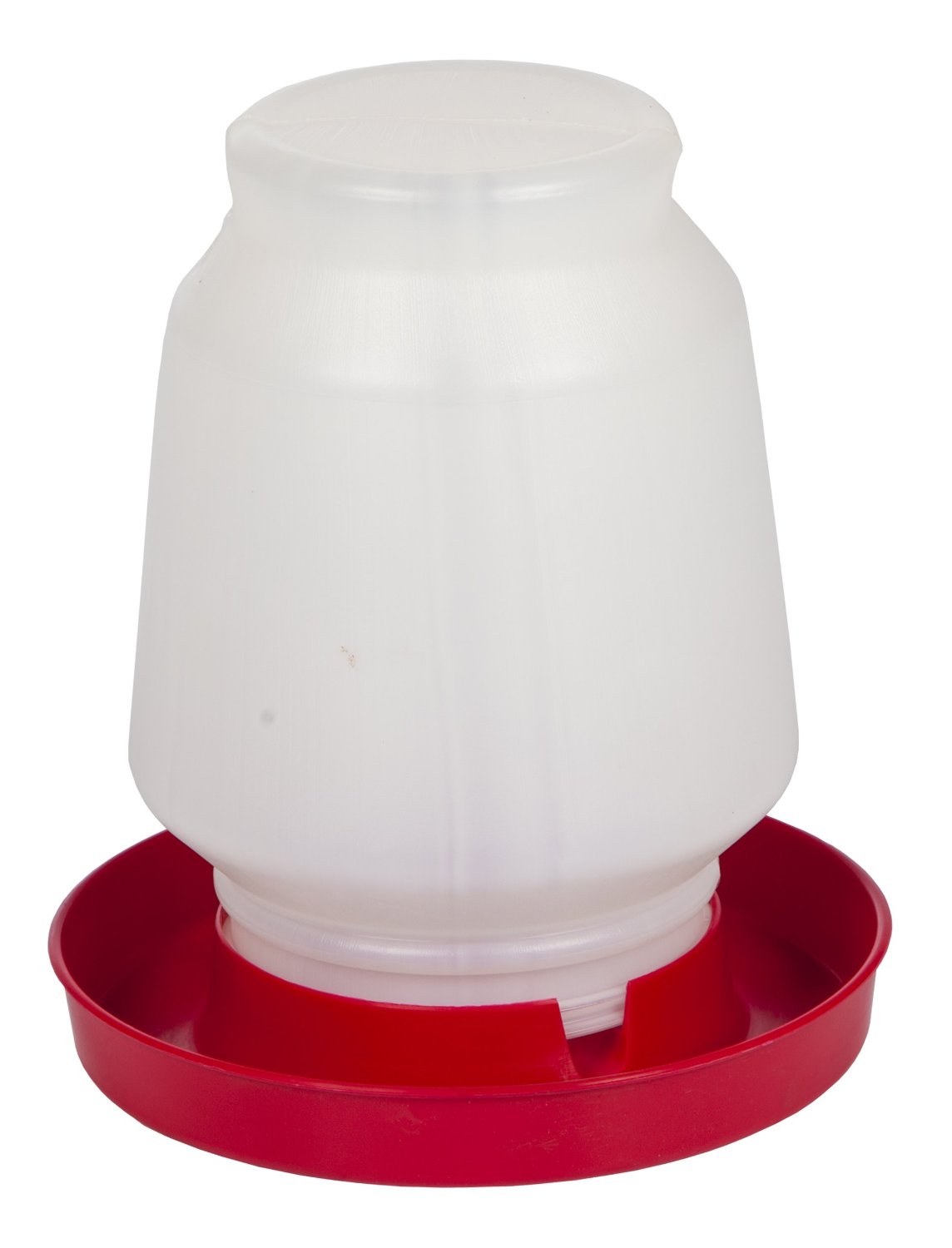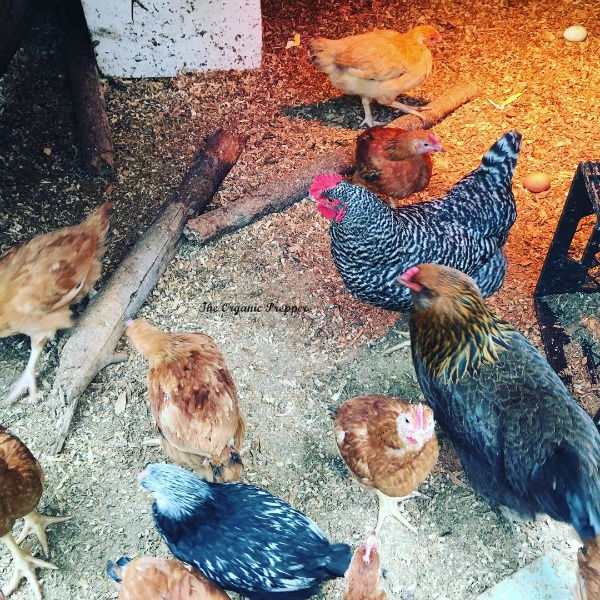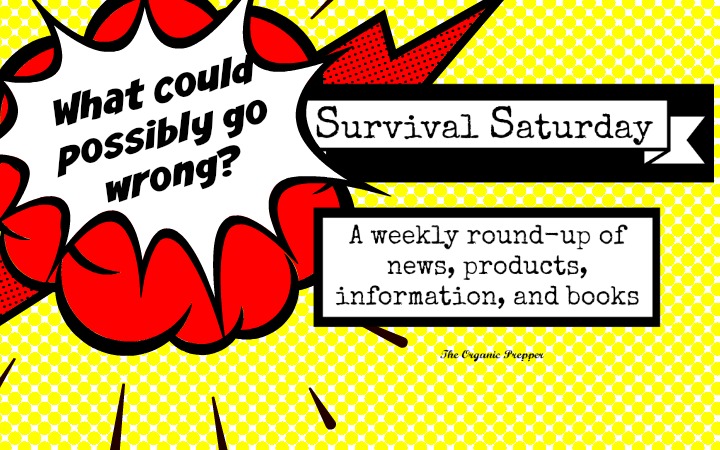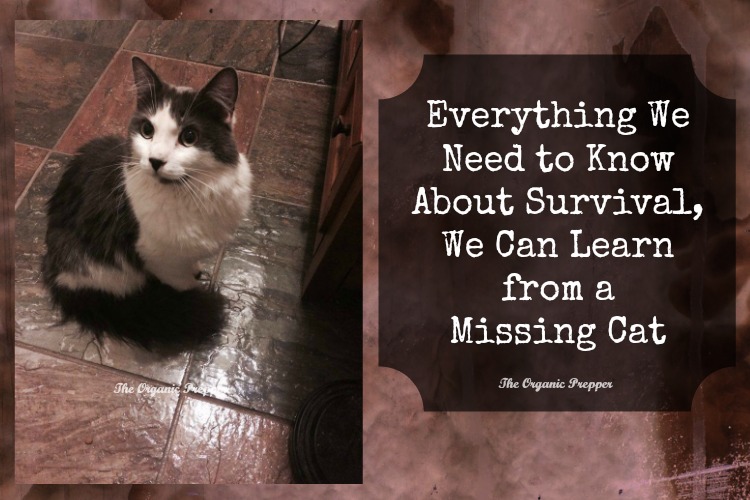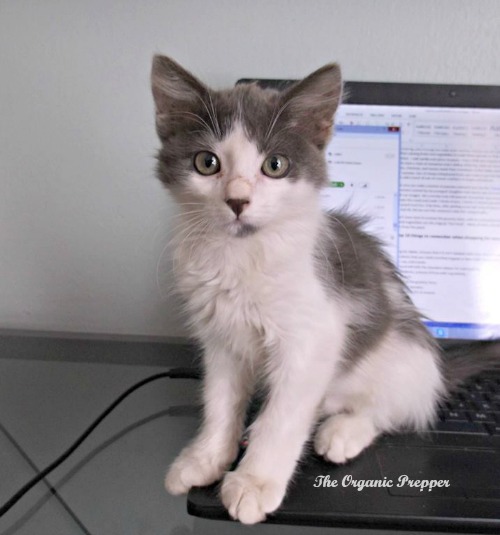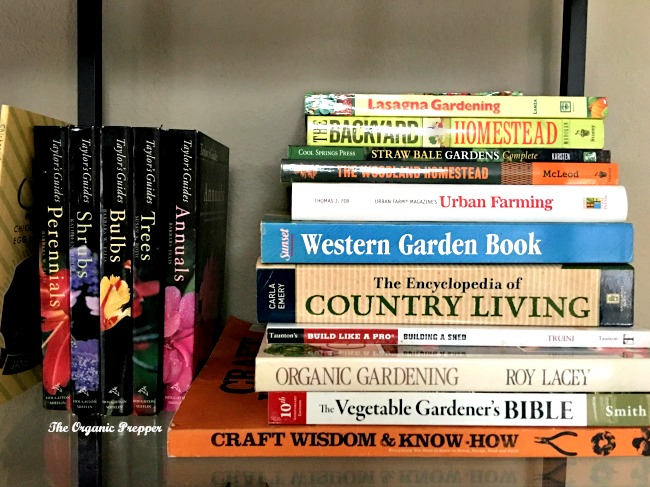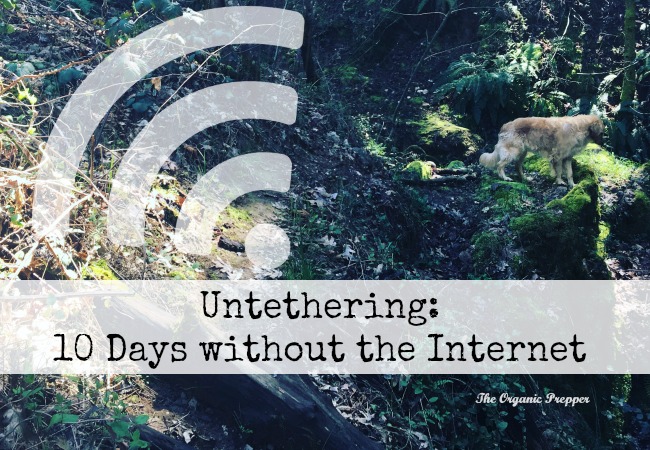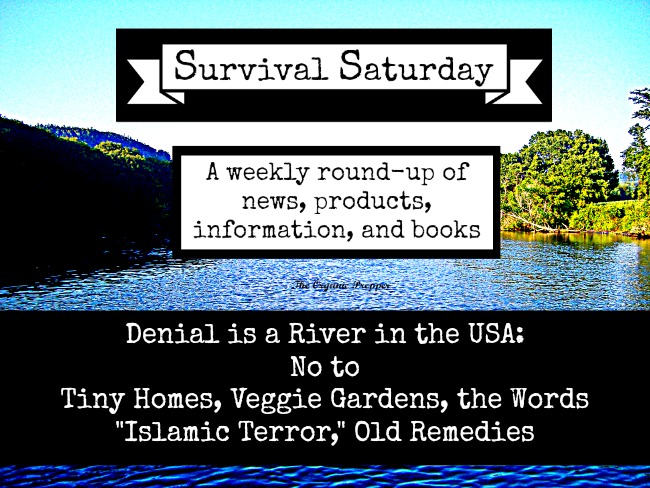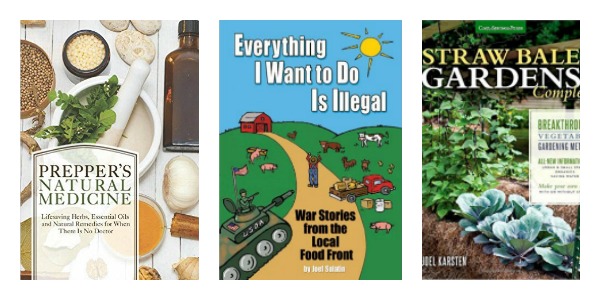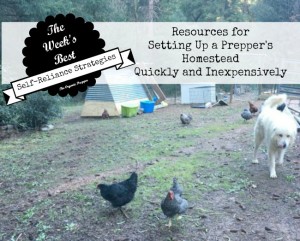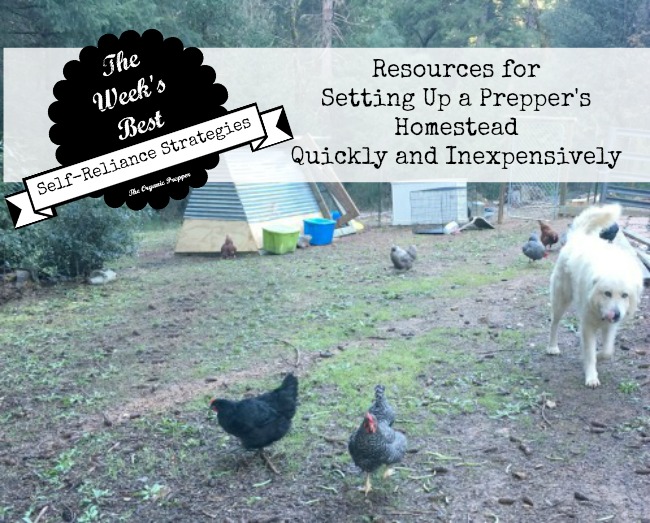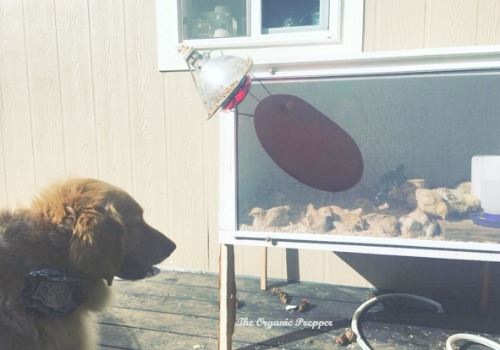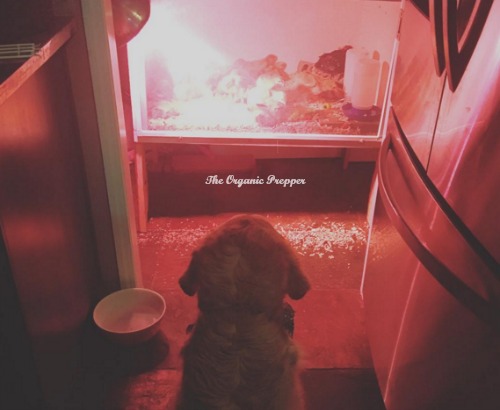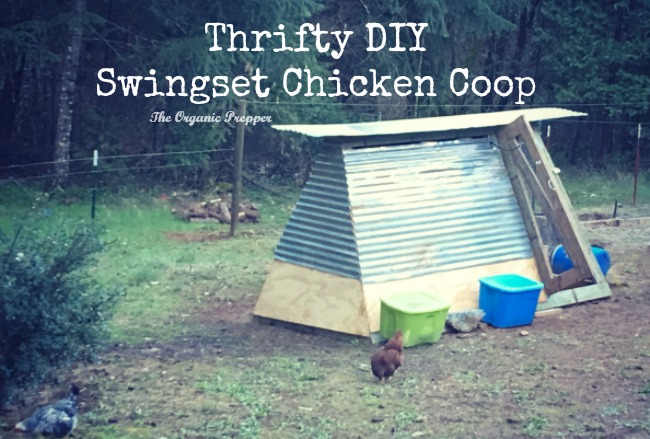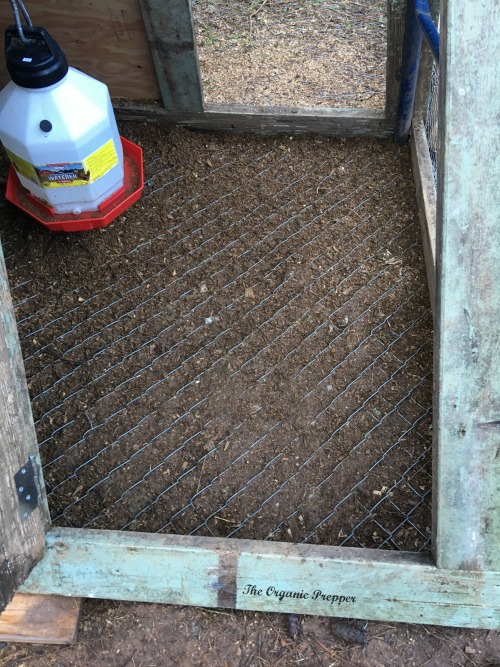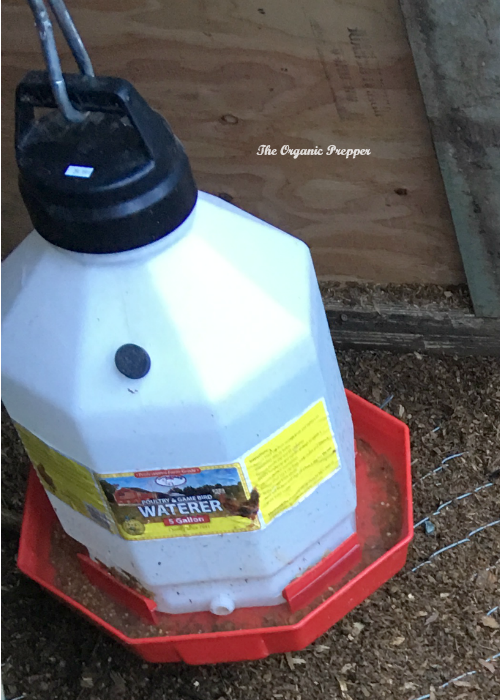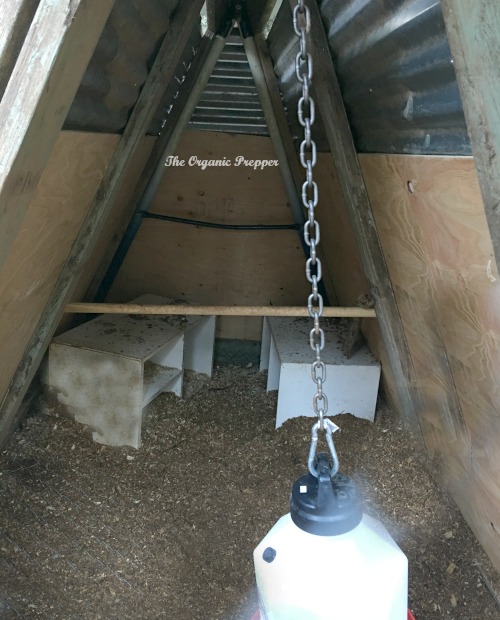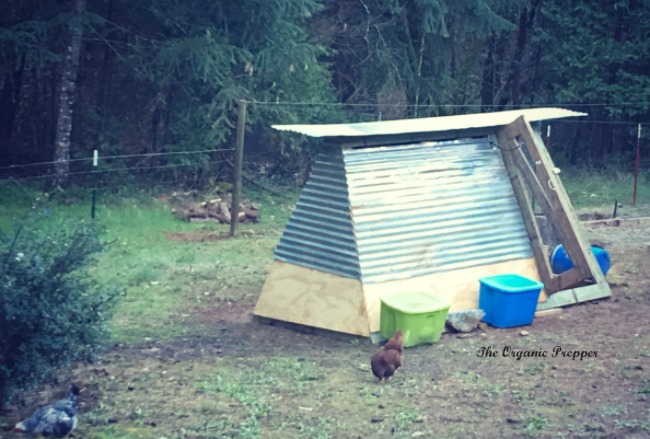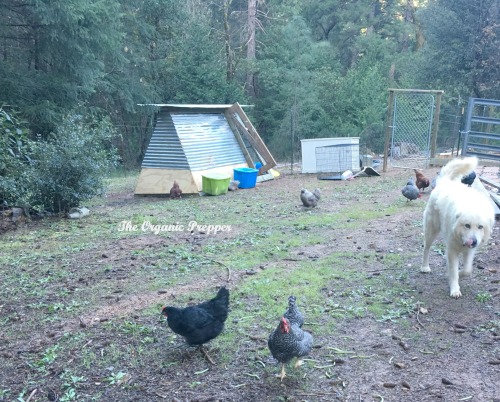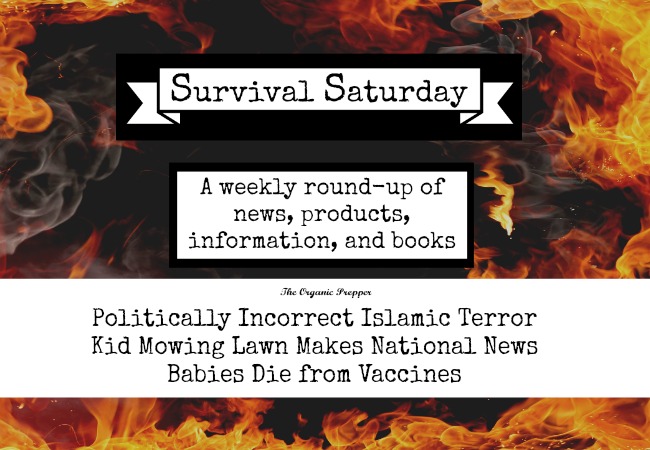May 28, 2016
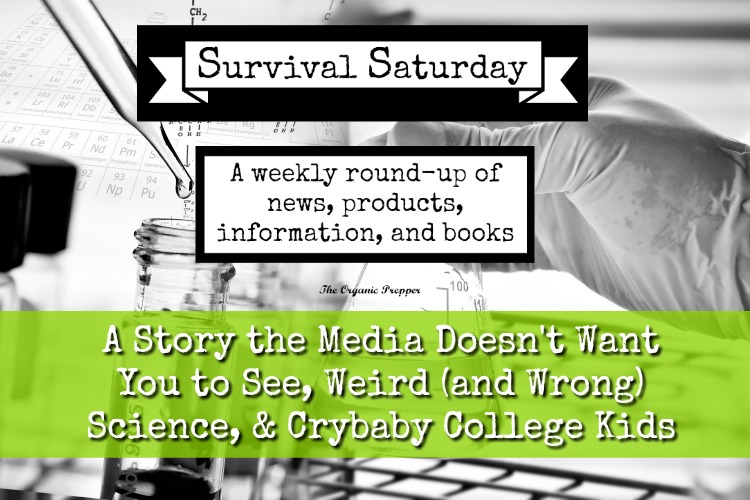
Survival Saturday is a round-up of the week’s news and resources for folks who are interested in being prepared.
This Week in the News
There’s a story that the media does NOT want you to see but you can find it on this week’s Survival Saturday. Also included is news about some science projects that will send a chill down your spine, some crybaby college kids who don’t understand life, and the rise of the Libertarians in response to the Idiocracy on parade that is otherwise known as our presidential race.
Weird (and Wrong) Science
What the heck, Science? Why is it that lately, scientists seem intent on pushing the envelope of ethics a little further with each experiment?
A few weeks ago I wrote about a current scientific course of inquiry – reanimating the brains of the dead. I said, “Just because you can do something doesn’t mean you should.” But that wasn’t unsettling enough, because this week, there’s something even more horrifying in the science news.
Chimeras.
Previously considered the stuff of legend, science has made them real. A chimera is a hybrid that is part animal and part human, and for some horrific reason, scientists have created chimera embryos by adding human cells into animal embryos. They are attempting to grow human organs in animals so that they can farm organs for people who need transplants. While on the surface that may seem like a noble goal, what happens when these scientists create an animal with human cognitive function? Is it still okay to kill that creature for the use of organs? What happens if they manage to create an entirely new race that combines human and animal? Is that still cool? The ethical ramifications of this line of experimentation are simply staggering. Back in 2006, President Bush asked Congress to prohibit such experimentation, following a 2004 report from the President’s Council on Bioethics that denounced it. Clearly, no such prohibition occurred.
But that’s not all from the Dr. Frankenstein files today.
An ethics committee in the UK has given the go-ahead for scientists to modify the genes of “surplus embryos” in fertility clinic settings. The scientists say that they are looking for the genetic anomaly that causes some embryos to fail to develop, thus causing miscarriage. They purport that once they figure this out, genetic editing can improve the chances of a successful pregnancy. But will the editing end at simply increasing the chances for successful pregnancies?
I bet you didn’t know that Anonymous took down the New York Stock Exchange, the World Bank, The Fed, and the Vatican this month.
Over the past 30 days, the hacktivist group Anonymous has taken many of the world’s most corrupt and bloated financial institutions offline.
But you probably didn’t hear a word about it, did you? That’s because there is a global media blackout on the attacks.
A few weeks ago, when I first wrote about the story, I shared a screenshot of what happened when I tried to share an article about it on Facebook. The link was banned from being shared.
Here’s a very thorough story about the attacks – it’s a must-read.
We would just like to make it very clear that all targets of #OpIcarus have been Rothschild and BIS central owned banks. In fact most of the targets so far such as Guernsey, Cyprus, Panama, Jordan, British Virgin Isles, etc are in the top 10 places of tax havens for the elite. No on-line consumer accounts were harmed, no ATM’s were blocked and no personal client data was leaked. This has been a protest against the Central Banks and the 1% — no innocent or poor people were harmed.
I did find a small story on a UK mainstream news site about the hack attacks, but the American media remains mum on the subject.
Crybaby College Students Object to Midterms and Grades Lower Than Cs
A group of more than 1300 college students in Ohio has petitioned Oberlin College to lighten their loads and change the parameters so they can find success. They want to abolish grades that are below a C and they would like to simply have a conversation with their professors instead of midterms. They’ve been really busy protesting, you see, and just haven’t been able to keep up with their work due to their activism.
Then there’s this classic quote that sums up what education is all about:
“You know, we’re paying for a service. We’re paying for our attendance here. We need to be able to get what we need in a way that we can actually consume it,”student Zakiya Acey told The New Yorker. “Because I’m dealing with having been arrested on campus, or having to deal with the things that my family are going through because of larger systems — having to deal with all of that, I can’t produce the work that they want me to do. But I understand the material, and I can give it to you in different ways.”
Aw, Muffin. Wait until you have a full-time job, are a parent, and hope to actually have a life outside of your normal responsibilities. No one adjusts the parameters in adulthood so that you can feel successful.
The higher education system has utterly failed. Common sense and cause/effect thinking are dead. If this is an example of the leaders of the next generation, we are well and truly screwed.
Is a Libertarian revolution brewing?
In brighter news, there are some people who are finally beginning to wake up to the corruption within the two-party system. Voter registration for the Libertarian Party jumped 20-fold during the month of May, indicating that people are refusing to vote for the “lesser of two evils”. The ridiculous ballot of Trump vs. Clinton just might be enough to shake people out of their apathy.
If you’re wondering what Libertarians stand for, here’s a quick list of the main ideas. (Hint: It’s about personal freedom and personal responsibility.) This is a classic primer on libertarian thinking if you’re interested in more information.
Libertarianism is becoming “cool” too. Recently, Breitbart posted an article called “Rise of the Cultural Libertarians” which discussed an insurgent movement away from the two party system. “Authoritarians of all stripes, from religious reactionaries to left-wing “social justice warriors,” are coming under fire from a new wave of thinkers, commentators, and new media stars who reject virtually all of their political values.”
As an example, this campaign video is like nothing you’ve ever seen from the Democrats and the Republicans. I was definitely impressed.
This Week in Preparedness
Lately, those who live the preparedness lifestyle have been more concerned than ever about the events going on in the world, and for many of us, the urgency to convince loved ones to prep is at an all-time high as worries increase. The economic collapse of Venezuela, our own shaky markets and banking system, the threat of natural disasters, and worries about cyber attacks all have the potential to become life-changing catastrophes. These are the events we prep for and we clearly understand the ramifications of facing them without the necessary supplies.
And many of us have friends and family without those necessary supplies. Have you ever tried to convince those loved ones to prep?
Here are some suggestions to help you gently persuade those who are not on board.
The cautionary tale that is the rather spectacular collapse of Venezuela continues. Were you aware that Venezuela banned guns for private citizens a mere four years ago, in 2012? Although the country was already in trouble, it seems like that was the beginning of the end. Does this remind anyone else of the campaign promises of a certain presidential hopeful?
The Bookshelf
We Are Anonymous: Inside the Hacker World of LulzSec, Anonymous, and the Global Cyber Insurgency
The Libertarian Mind: A Manifesto for Freedom
The Pantry Primer: A Prepper’s Guide to Whole Food on a Half-Price Budget
Anything to add to Survival Saturday?
If you haven’t signed up for my newsletter, you should. This summer, I’ll be co-hosting a Summer Prepping Intensive with Lisa Bedford, also known as The Survival Mom. We’ll be helping you to get prepped if you’re not there yet, recover your mojo if you’ve gotten off track, and interact with others who are traveling the same journey. It’ll be like a summer camp for grownups and I’ll be offering this for early bird sign-up in a week or so via my mailing list. (Sign-up is on the right-hand sidebar and at the top of the home page.)
Do you have any news links you want to share? Now’s the time! Please post your links in the comments below. Also, be sure to let me know what you think about today’s articles!

